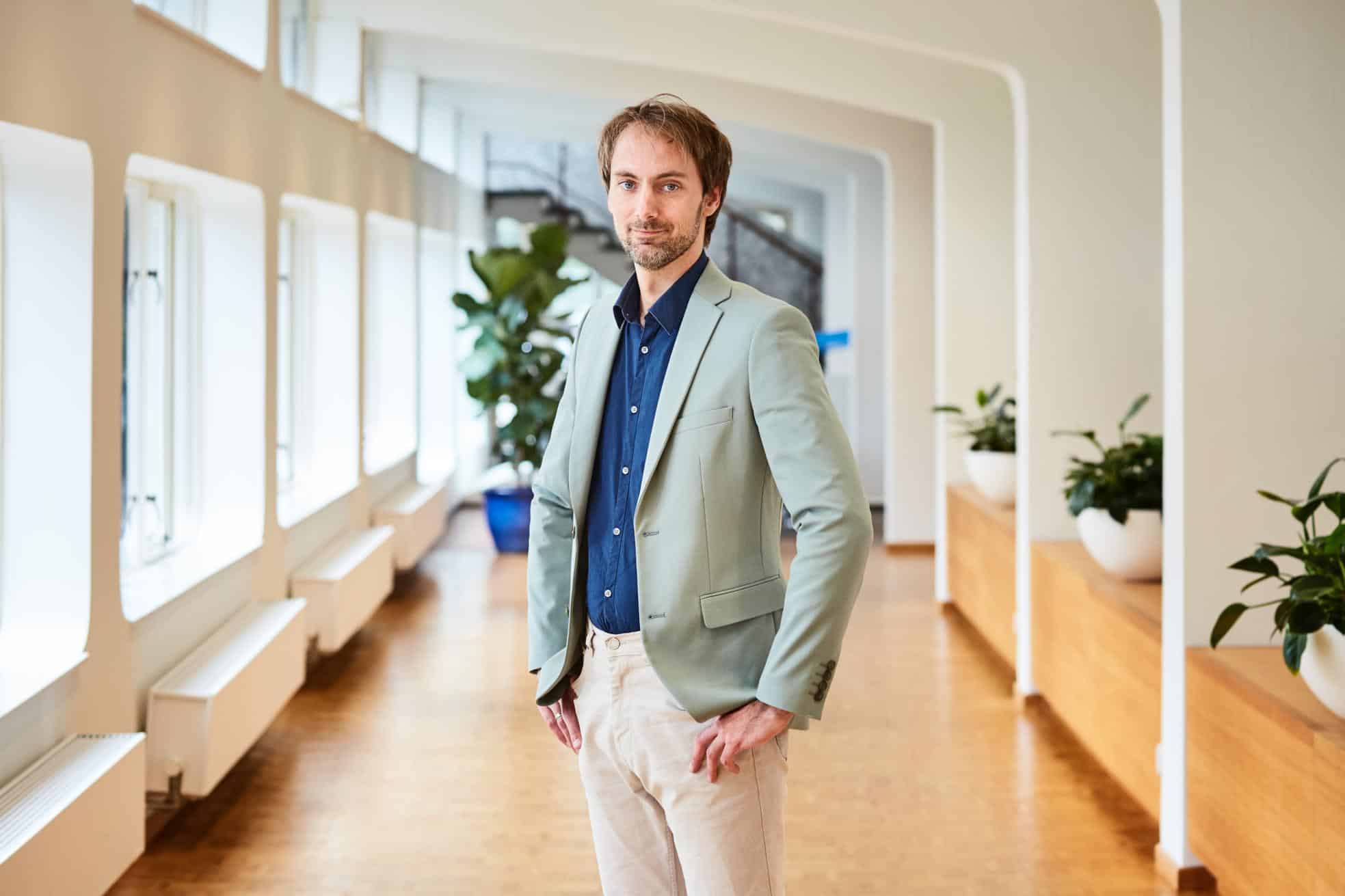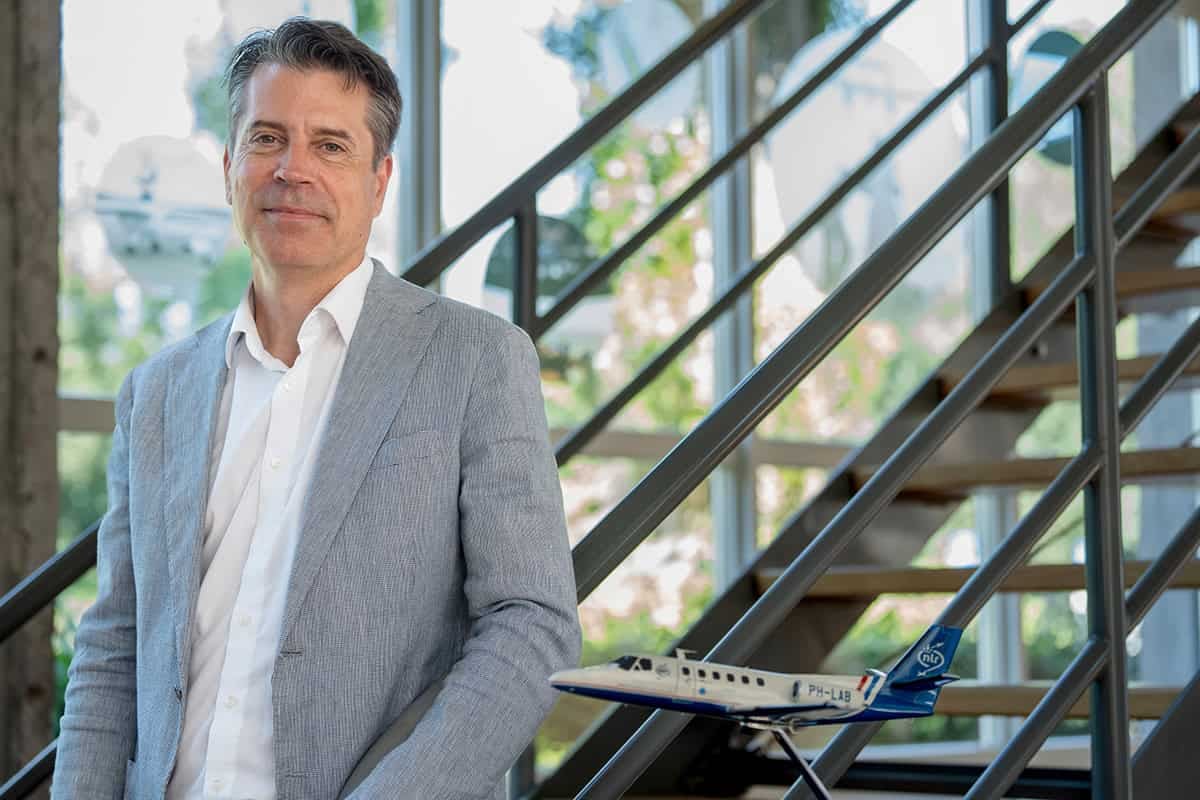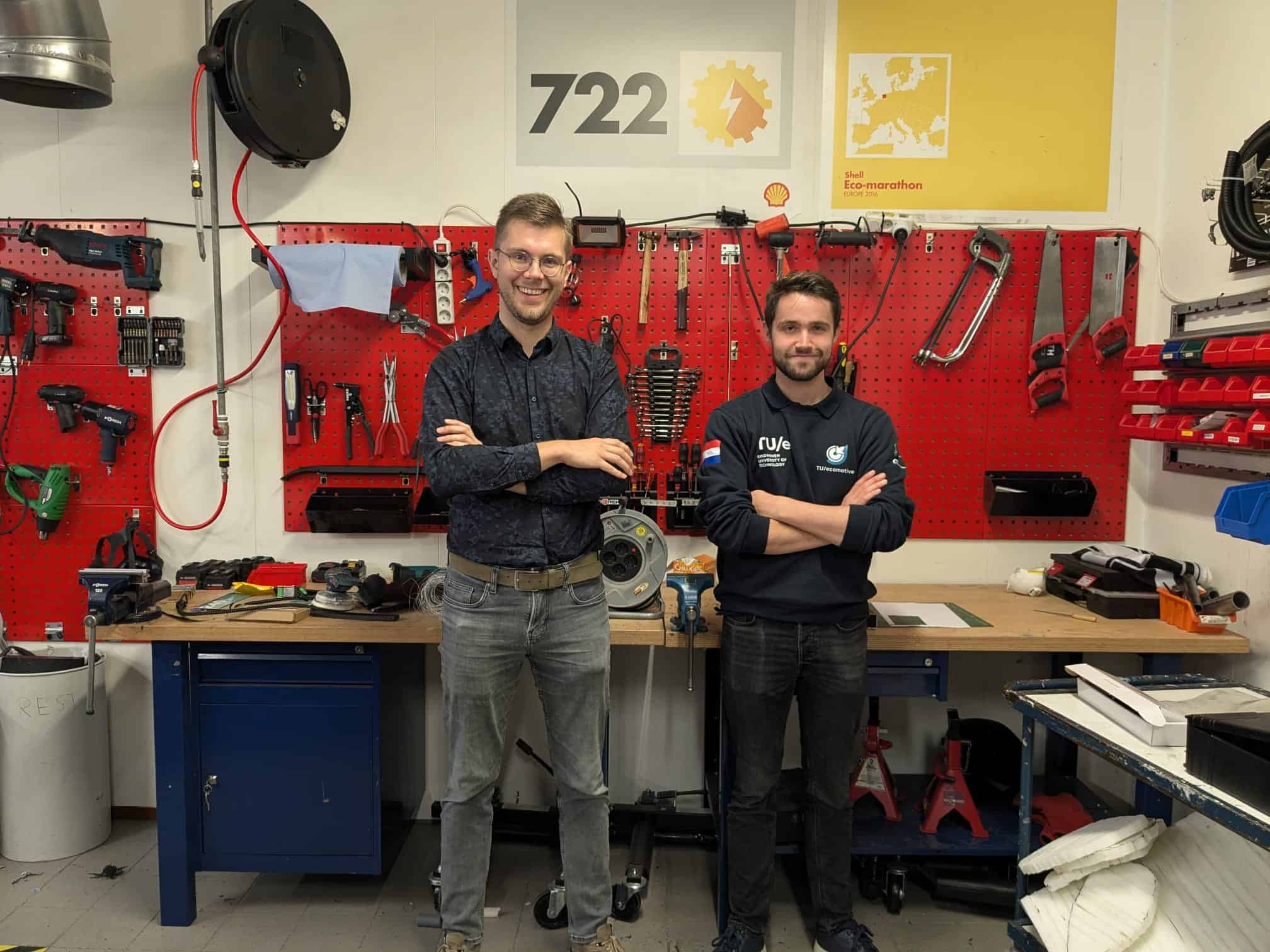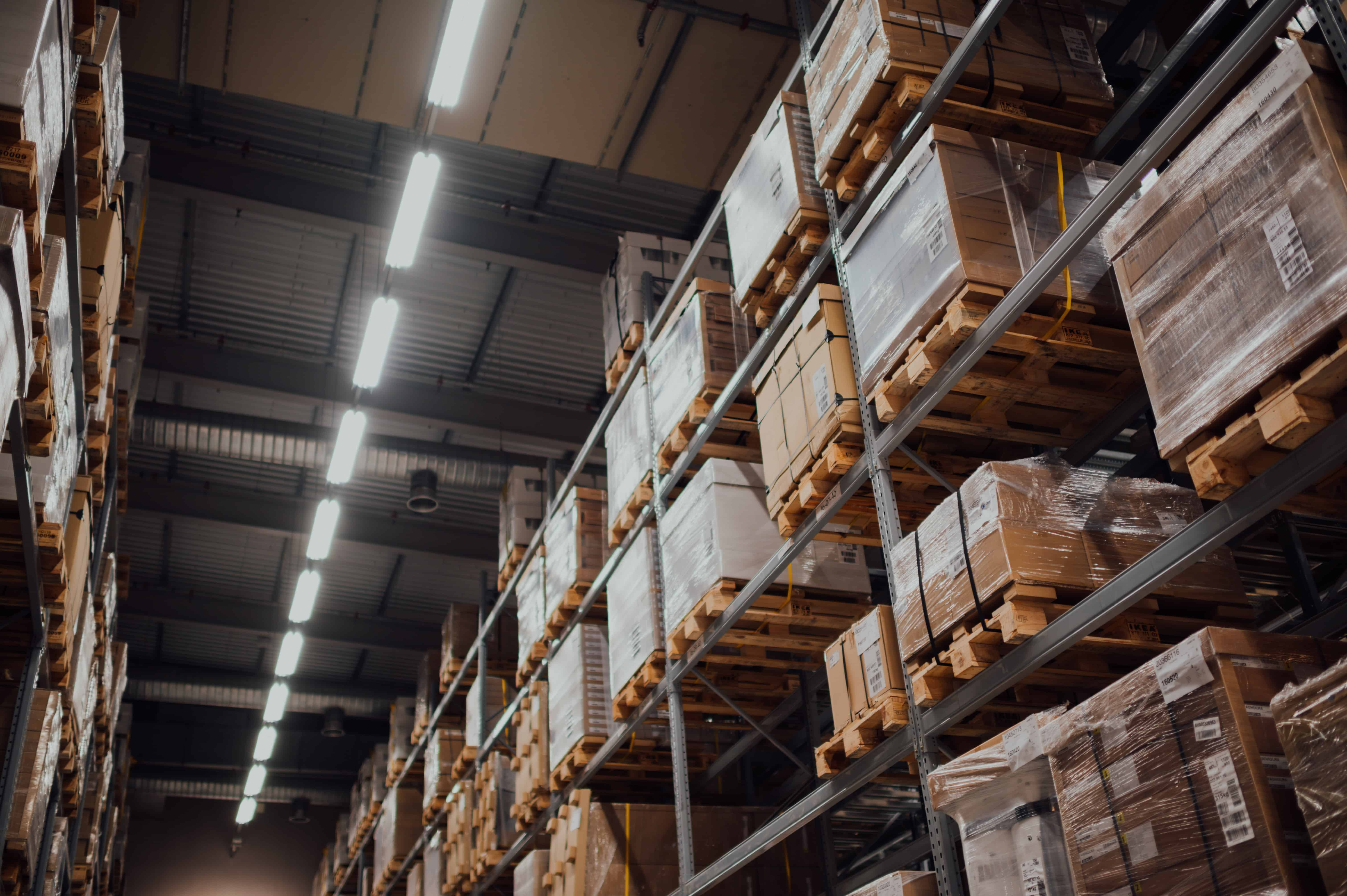
About XOsight
- Founders: Michaël Ozo
- Founded in: 2019
- Employees: 8
- Money raised: -
- Ultimate goal: to ensure that no more mistakes are made in distribution centers worldwide
You are probably familiar with this situation: you have been waiting for hours for your package. Turns out that it will not arrive until tonight. Or worse – tomorrow. Chances are that a distribution center is to blame. Mistakes are regularly made when moving stock and bundling shipments. As a result, packages are not always delivered on time, store shelves sometimes stay empty and people in distribution centers often spend time looking for goods unnecessarily. The start-up XOsight is able to automatically detect errors in logistics environments by using cameras and smart software. In this instalment of Start-up of the day, founder Michaël Ozo talks about it to us.
According to Ozo, in the Netherlands there are “endless possibilities” to harness drones and cameras as a way to optimize logistics work. While studying aeronautical engineering in Delft, Ozo conducted research on how drones are able to understand their surroundings with the help of small cameras and smart software. This enables them to automatically find their way around and carry out useful tasks.
What does XOsight do exactly?
“We offer smart technology to large logistics companies. The technology works on the basis of artificial intelligence and lets you see how and where products are located. To do this, we use smart cameras that you can use across different platforms. They understand and recognize objects, can read texts, localize themselves and know where measurements have been taken. Apart from the drone itself, we also use cameras built into forklifts and a camera setup at fixed locations. This is how we provide an integrated solution. If something goes wrong somewhere, it is registered immediately.”

What is innovative about XOsight?
“There are already companies out there that offer drones to logistics centers that are able to scan barcodes. But then you’re only solving a small part of the problem. Because we use the latest AI techniques and different kinds of cameras, we can discern things a lot more on a detailed level. We derive a lot of information from that, such as whether the features on an individual product are accurate.”
“We are also very flexible in how we apply the technology. We implement the systems in such a way that they fit in with particular parts of the distribution process. For example, stationary cameras to check inbound products. We use cameras on forklifts to monitor inventory on ground-floor locations during working hours and to check that pallets are set down in the right place. Drones are used to check higher locations in racks outside working hours. This total package means that we can always give companies a complete picture of their inventory.”
What problem are you solving?
“We want to improve the overall efficiency of parcel and freight delivery. The problem is not immediately obvious to everyone, but it does affect everyone without them realizing it. Before your package or groceries are delivered to your home or supermarket, they go through a rather complicated logistics chain. If one thing goes wrong there, your package will not be delivered on time. Particularly during corona, we saw that package deliveries can be very fragile.”
“Almost every distribution center will recognize problems such as when the wrong pallets are moved or the careless handling of packages. Something is in stock but not yet in the right place, for instance. Due to the high speeds that logistics companies work at, it can easily occur that a package is sent out with the wrong contents. This creates unnecessary work and consequently valuable time is lost, causing shipment delays.”
What are your biggest challenges?
“With the drones, the challenge is to incorporate as lightweight and as good a computer as possible in the drone. After all, it shouldn’t be too heavy because then it won’t be able to take off. The little device has to understand a lot, like where it is located and from which angle it registers something.”
“We also found out that you really have to look at a problem on a detailed level in order for your solution to be of value. You have to understand on a deep level what’s going on, just like people are able to understand. For example, if you have a pallet that first had 200 packages on it and 62 have been removed, it can still be difficult for the software to calculate how many packages are left. So that’s also why we started working with more types of cameras than just the one on the drone. We use the equipment for each area that fits best there.”
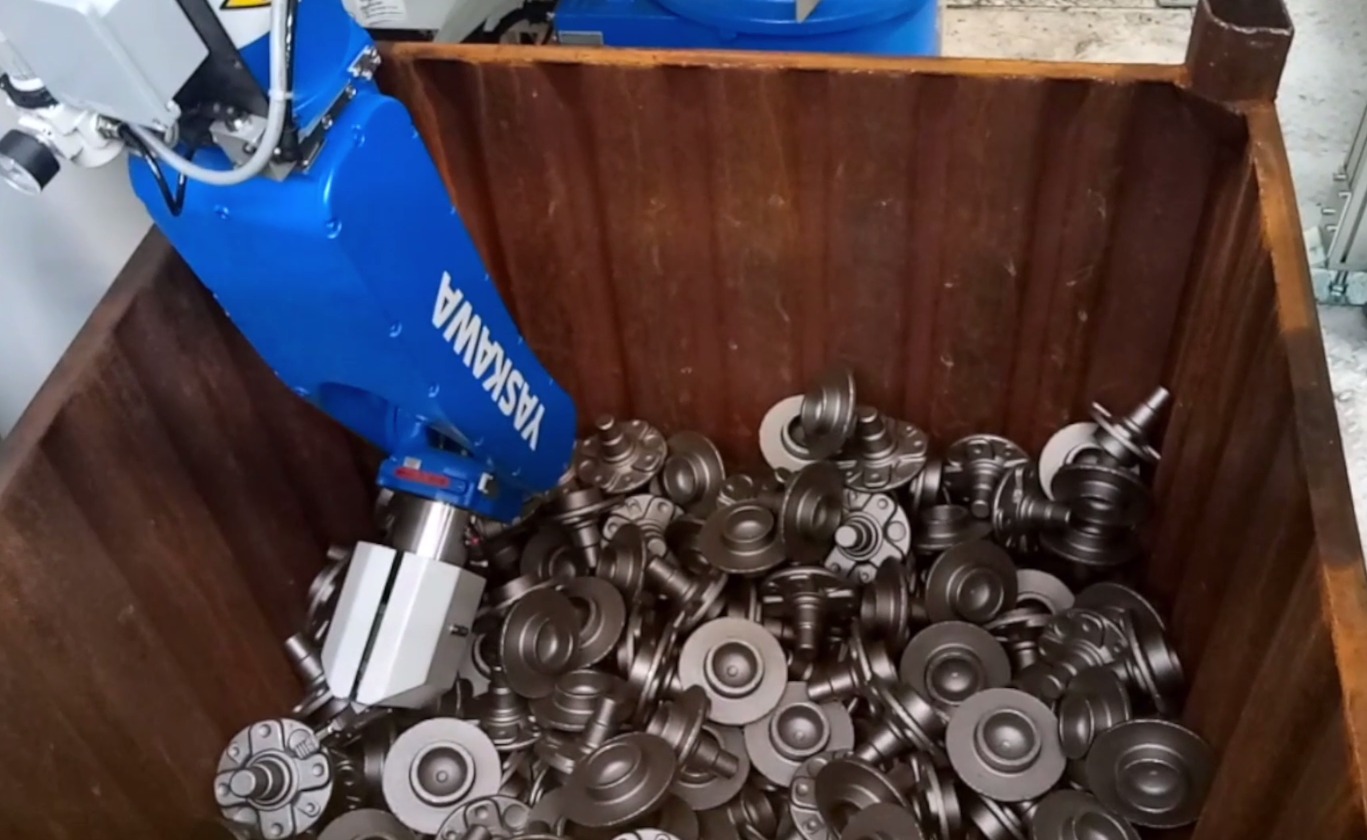
What development are you currently working on?
“The technology is quite complex and so is the problem. Because we are focusing on large distribution centers, we also need to be able to work pretty quickly. We may think we have a perfect overview of what is located where until reality catches up with us, then of course, that’s no use to us. You can have a perfectly functioning system, but it’s important that it also connects in an operational sense. We are looking at whether we can offer a broader solution or whether we need to be more proactive ourselves. We do a lot of field testing and are continuing to improve.”




